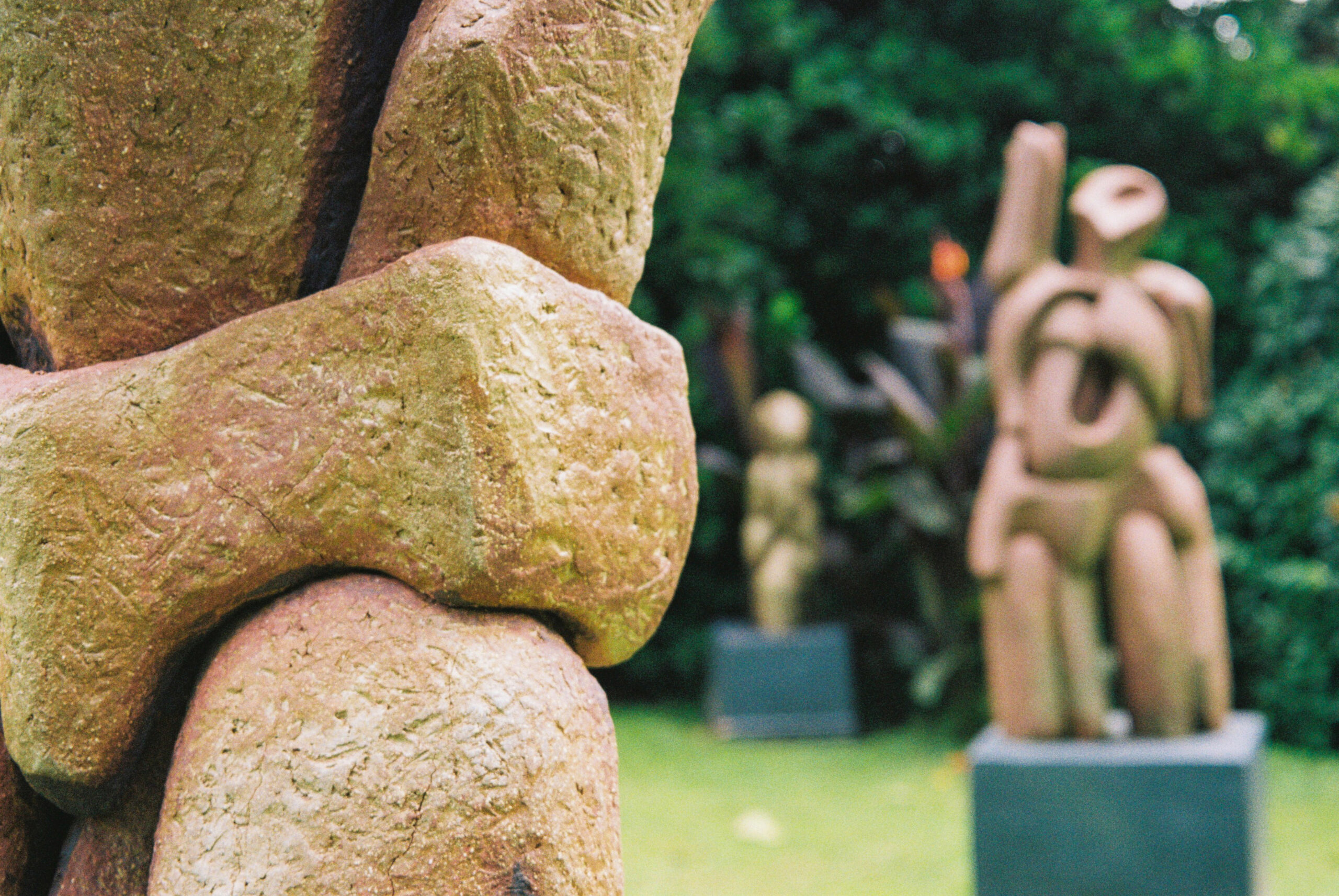With RMB Latitudes Art Fair opening its doors next week, one exhibition stands out for its quiet depth and historical resonance — ESSAY, the fair’s annual Special Project. Curated by Latitudes Co-Director Lucy MacGarry in collaboration with Peffers Fine Art, this year’s edition pairs two artists from different generations and legacies: the late sculptor Sydney Kumalo and the still-practicing clay artist Amalie von Maltitz.
The relationship between these two artists might not be immediately apparent, but the resultant dialogue between their work is intriguing,”-Latitudes Co-Director Lucy MacGarry
The pairing is thoughtful. Kumalo, who passed away in 1988, holds an important place in South African art history, having exhibited both locally and internationally. Von Maltitz, who still works from her home studio in Johannesburg, is perhaps best known for her decades-long role as a teacher, though her own sculptural work is equally compelling.
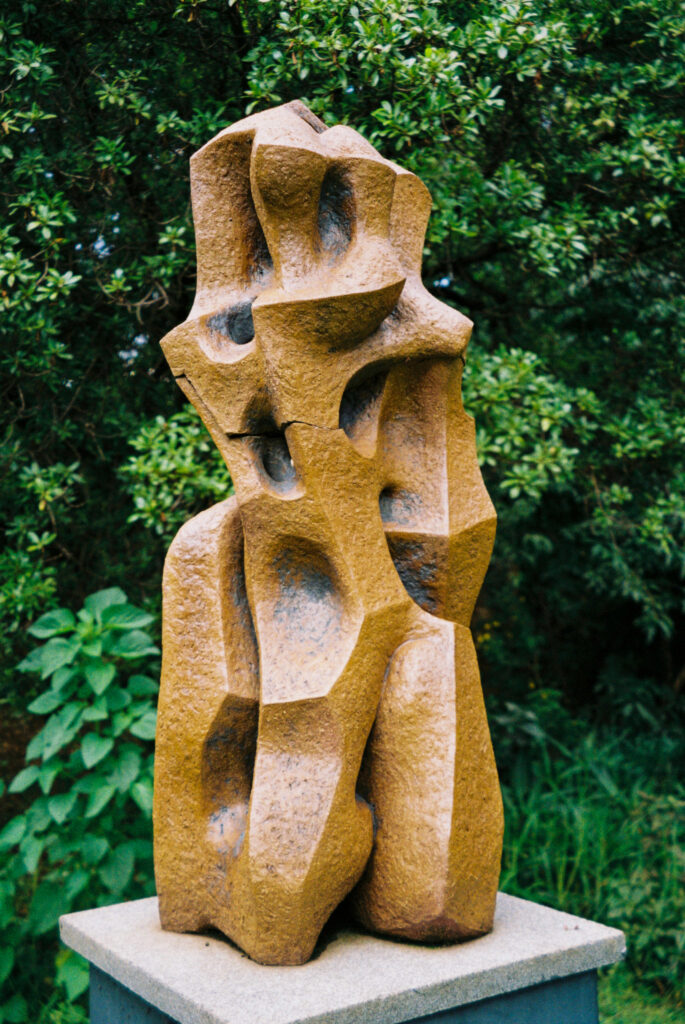
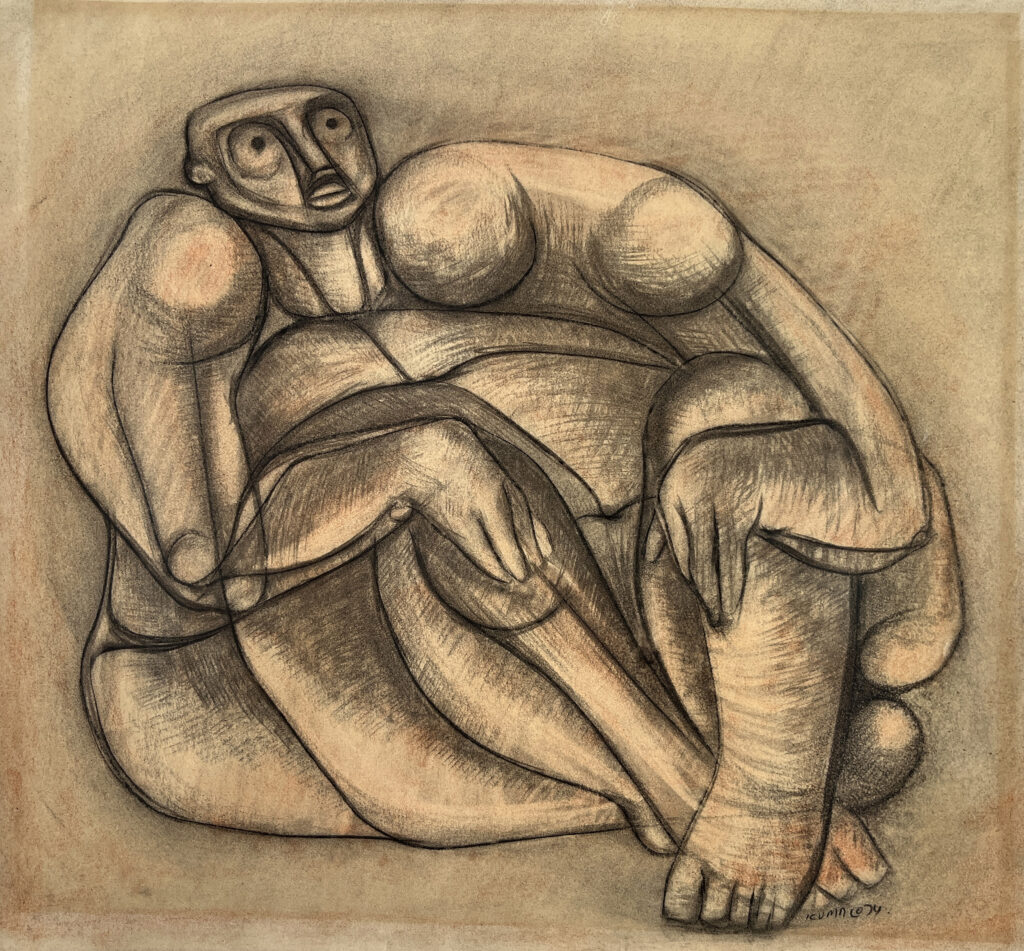
Shaped In Different Ways And Decades
Both artists were shaped — in different ways and decades — by the Italian-South African sculptor Edoardo Villa. Kumalo met Villa in the late 1950s, while Von Maltitz first encountered his work while teaching at the University of Johannesburg (then the Rand Afrikaans University) in the 1970s. She would later go on to write her Master’s thesis on him and curate two major retrospectives of his work.
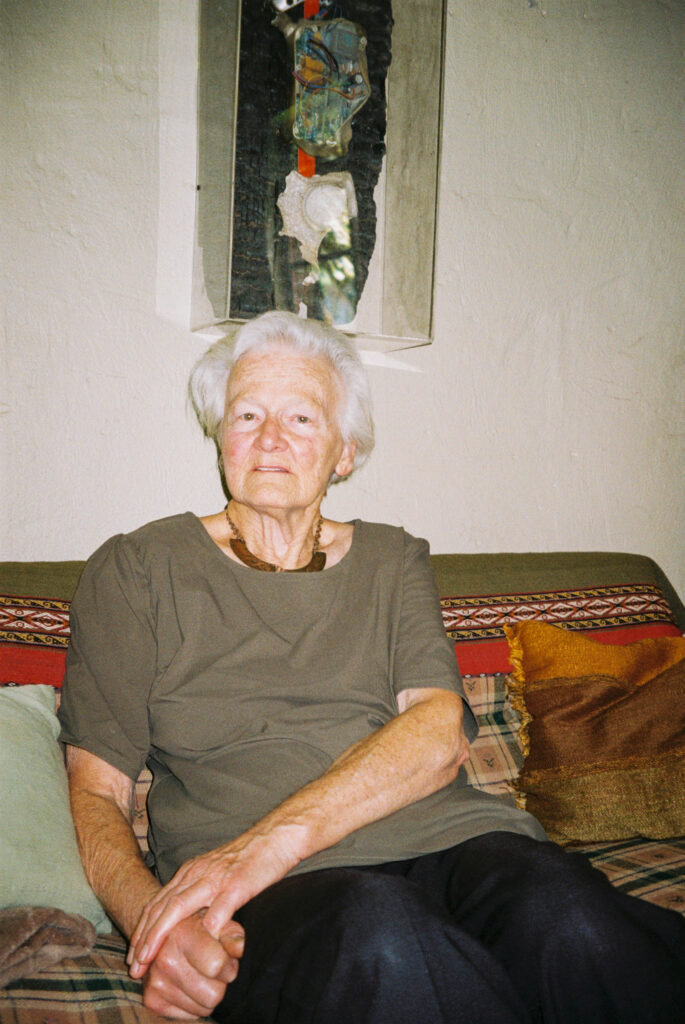
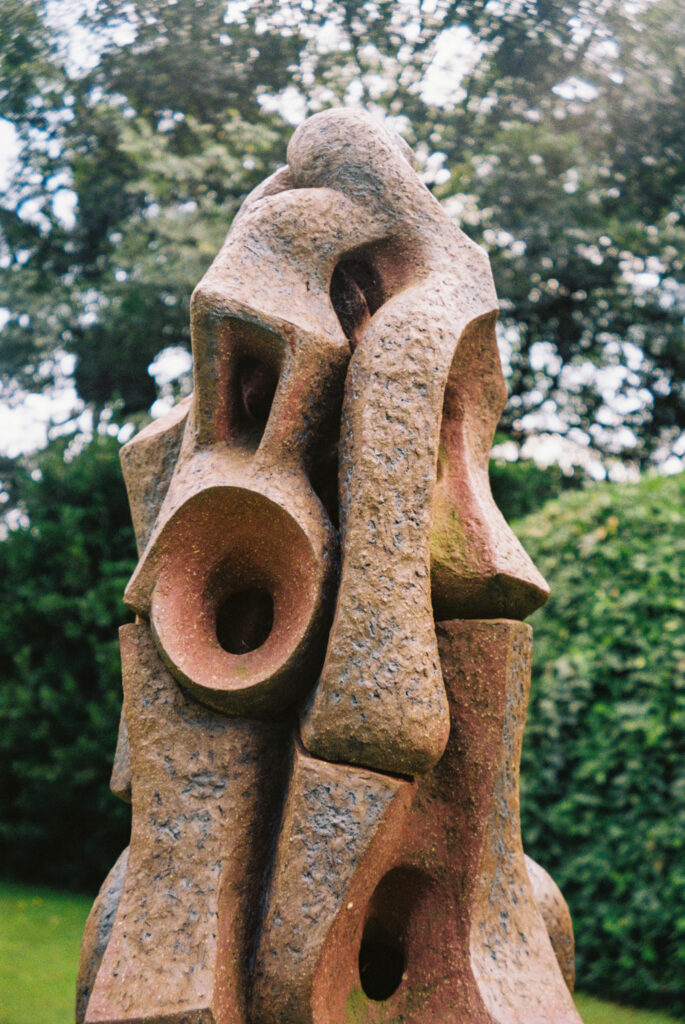
IMAGE: Amalie von Maltitz.
There was a period of cross-pollination,” explains Von Maltitz. “I think Edoardo helped Kumalo model his sculptures more freely, more directly. And in some early bronzes of Villa’s you can certainly see echoes of the Kumalo style.”
This influence can be traced in the verticality and simplified, geometric abstraction that underpins both Kumalo’s and Von Maltitz’s work, a formal language that feels shared, even if their stories never fully intersected.

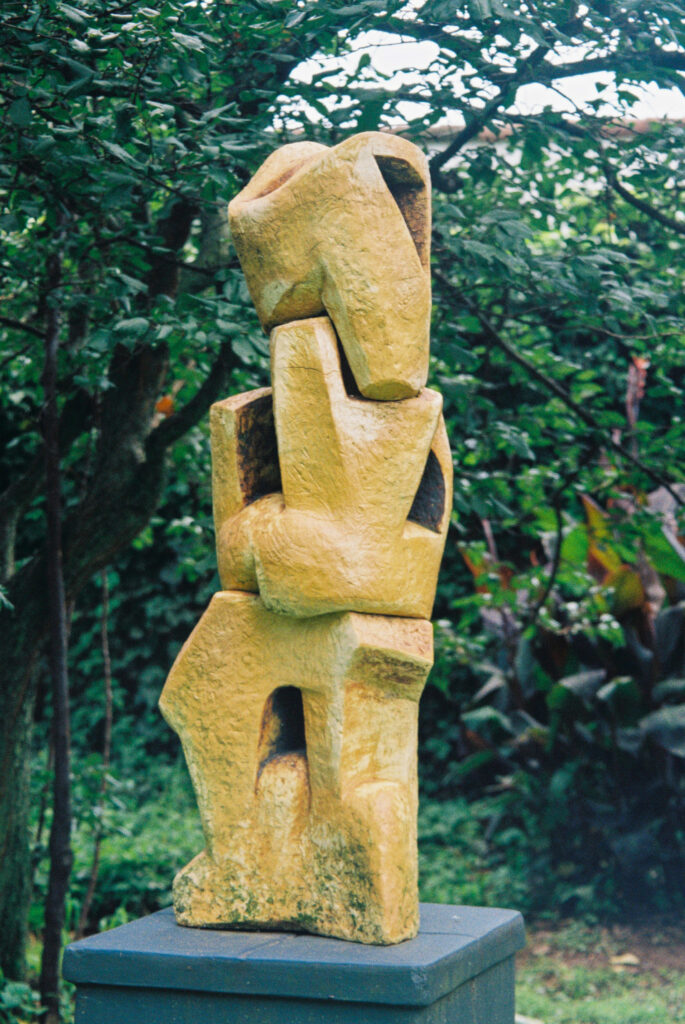
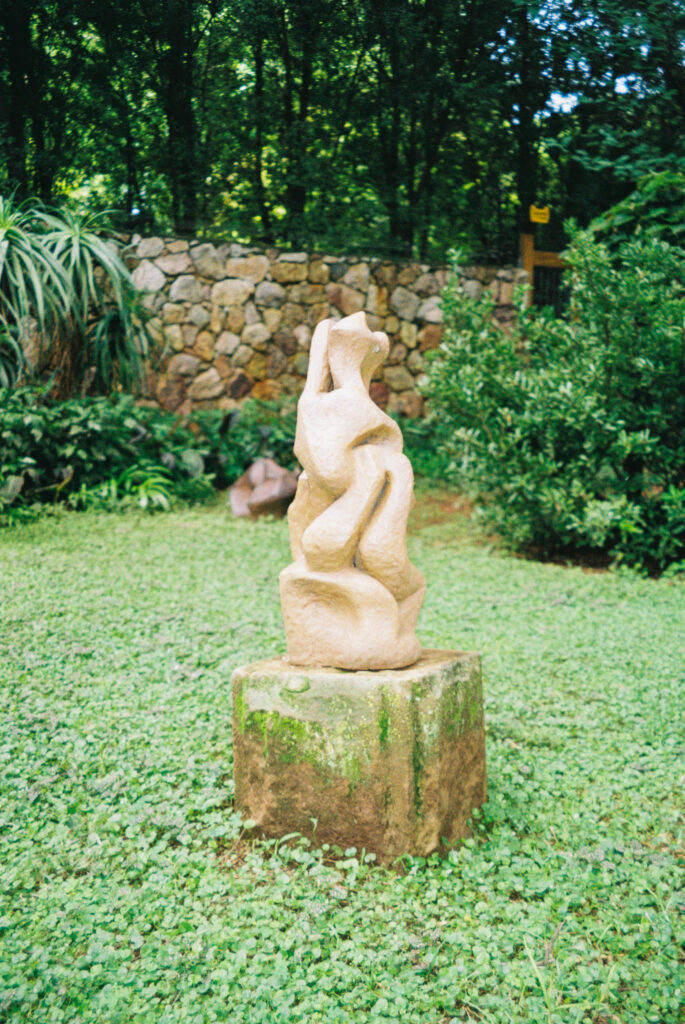
I think [drawing] can be an important process to find the basic shapes, not necessarily always to sculpt them, but to think differently about sculpture,”-Amalie von Maltitz.
Kumalo, meanwhile, approached drawing as an extension of his sculptural vision. His early charcoals were studies, yes, but over time they became more expressive — surreal, even. Dotted patterns and angular compositions gave rise to works that ventured beyond bronze into the fantastical.
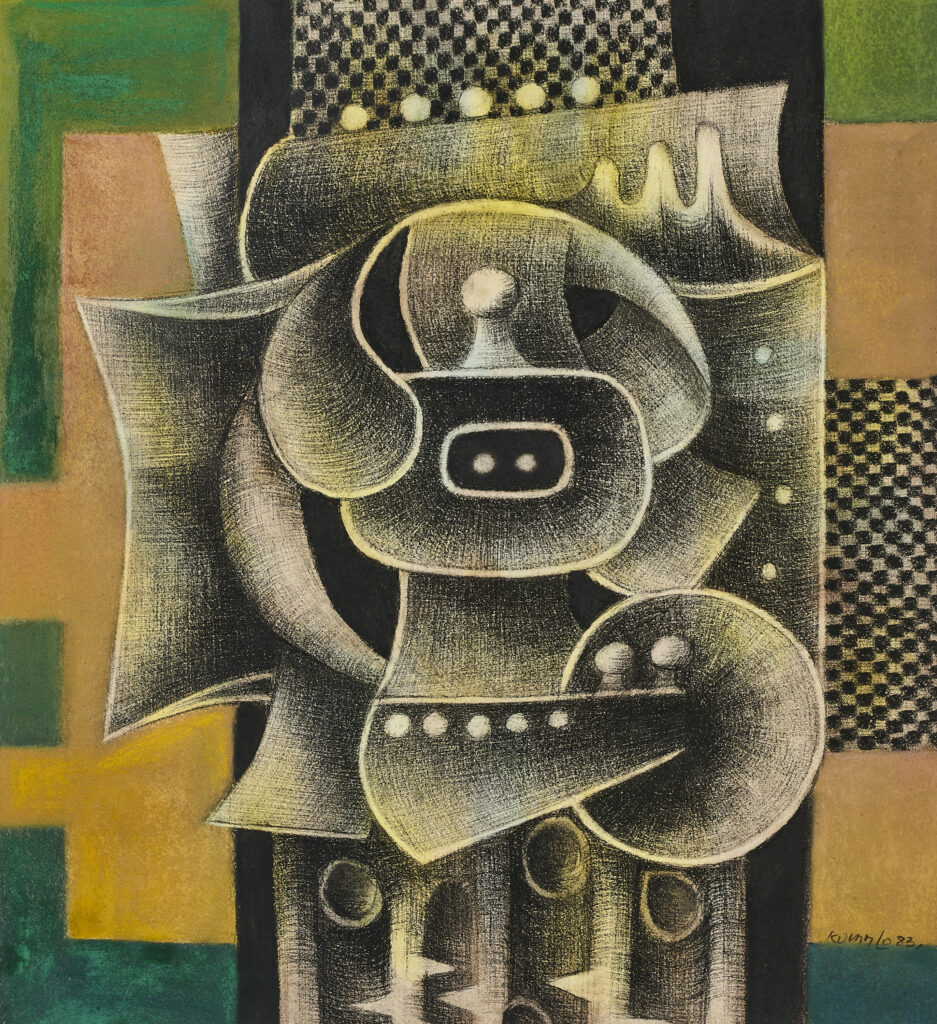
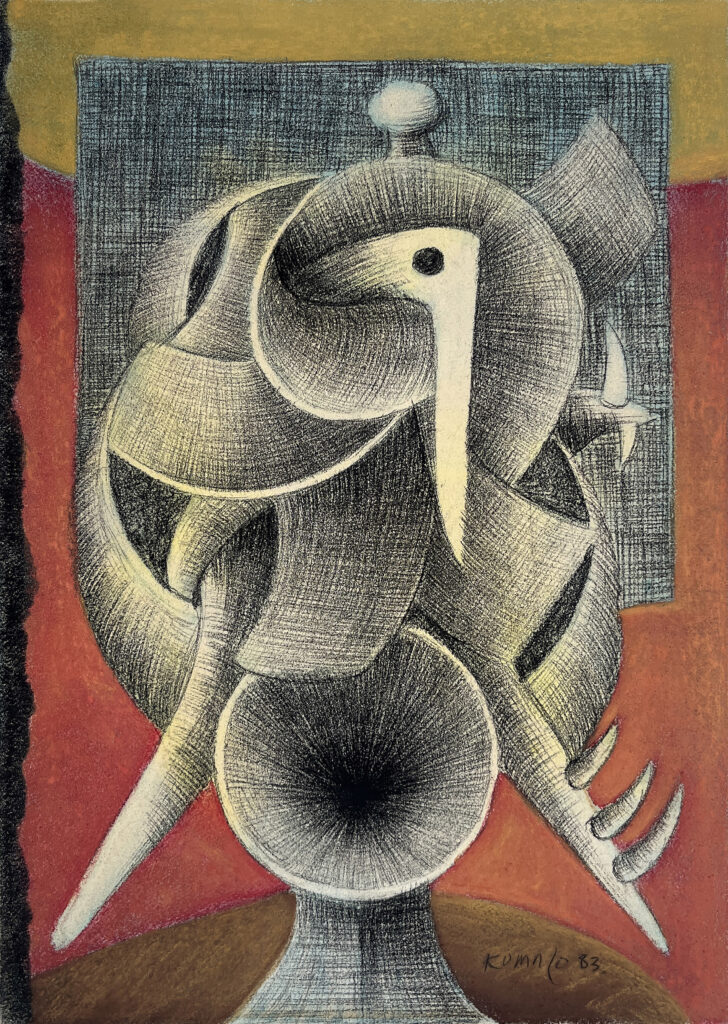
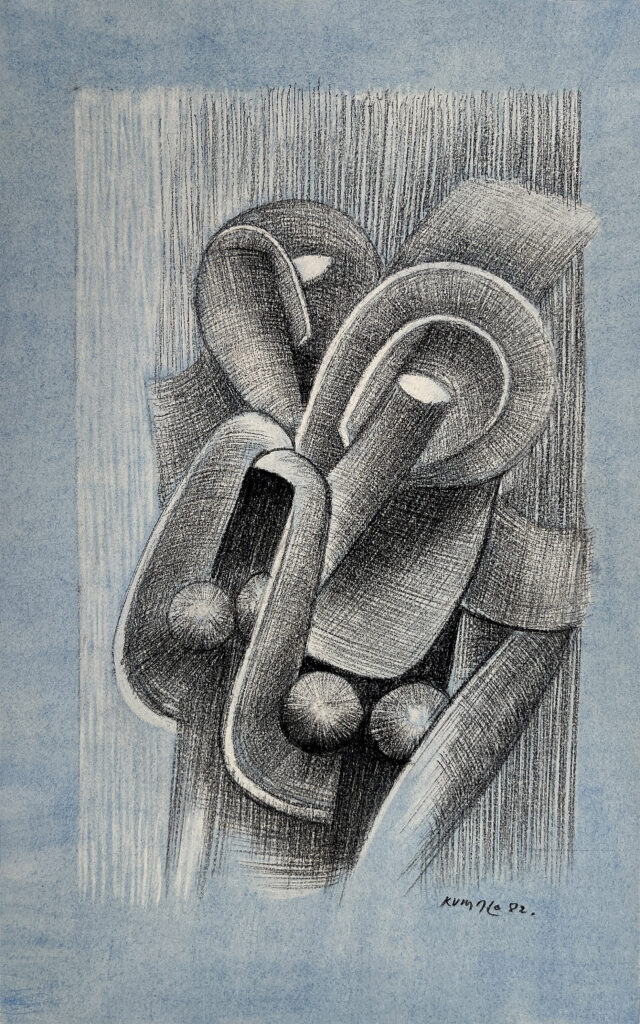
Kumalo and Von Maltitz experienced varying degrees of recognition for their work, and in many ways, a pairing such as this highlights the complexities of visibility that continue to exist in South African art,” adds Lucy MacGarry. “Beyond providing a unique perspective on the artistic practices of two important South African artists, and contributing to a deeper understanding of South African modernist and contemporary drawing and sculpture at the margins, an exhibition such as this also performs the simple and vital function of continuing the conversations and points of inquiry being pursued in their work, with a new audience.”
As anticipation builds for RMB Latitudes, ESSAY offers fairgoers a rare opportunity: to engage with the quieter, layered narratives of South African sculpture, stories often left on the margins, now brought into focus.



